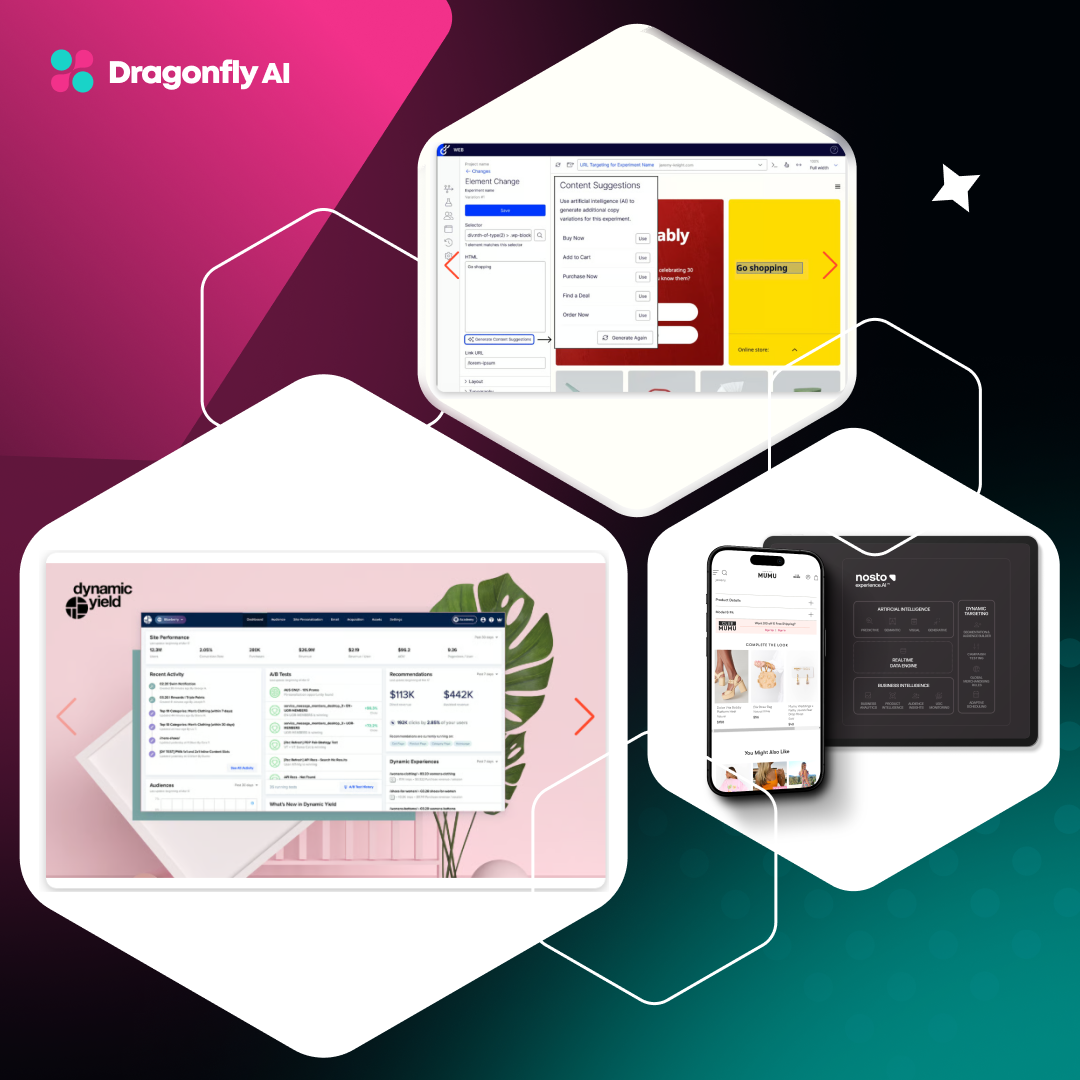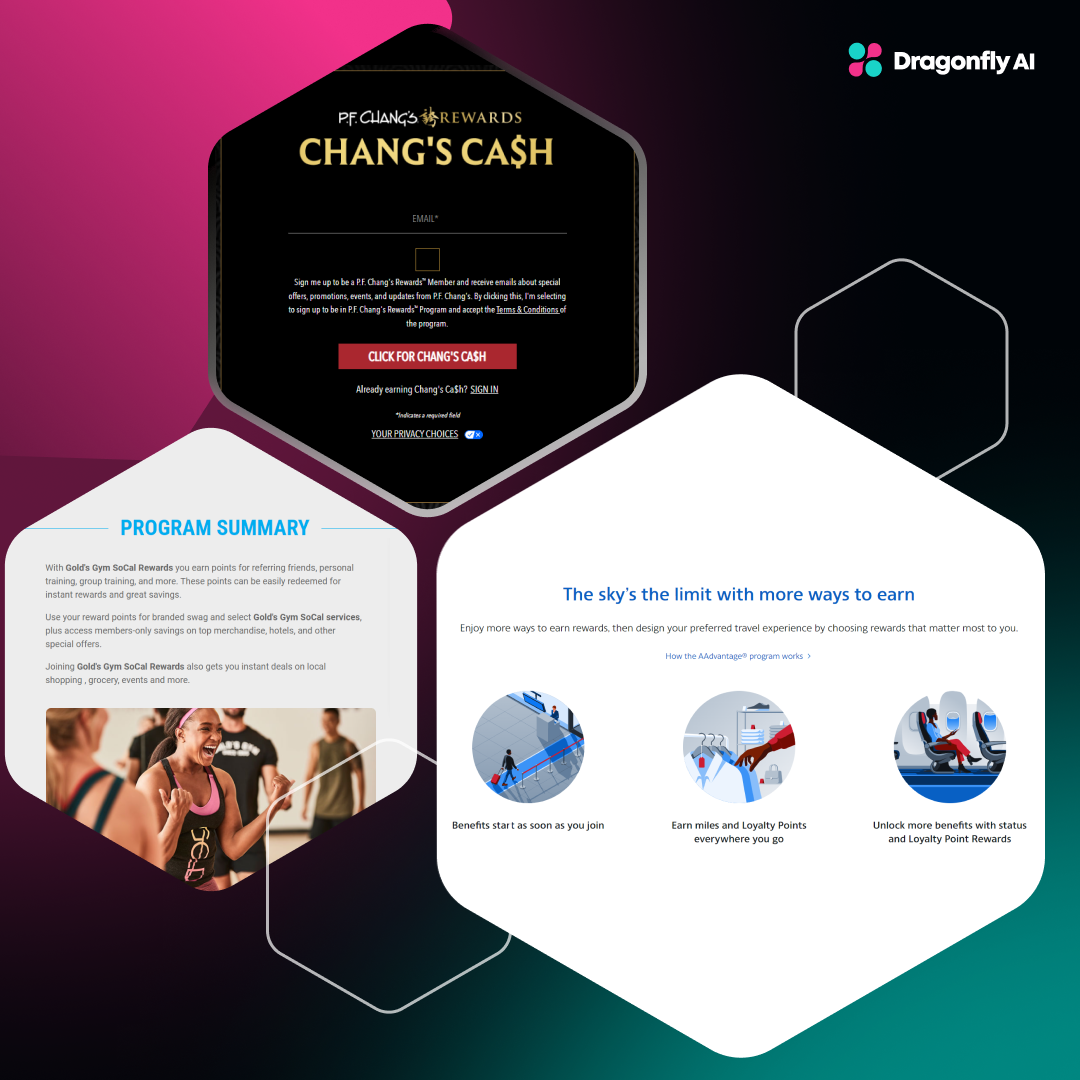
Creative performance sounds like marketing jargon, but it boils down to something simple: creative that effectively achieves it's goal, and people actually notice. According to Nielsen, audiences give your ad just a couple of seconds before scrolling on. Independent analysis shows creative quality is the biggest driver of advertising sales impact, ahead of reach, targeting, and recency. If you're going to grow, your ads need to work. That's why understanding creative performance matters more than any single media lever.
What is "creative performance"?
Creative performance is marketing-speak for how well your creative assets do their job. In other words, it's whether the visuals and messaging you put out there actually get people to do something, be it click, buy, sign up, or just stop scrolling long enough to notice.
To measure it, marketers lean on a handful of metrics often called KPIs (key performance indicators, if we're being formal):
- Attention: Did your ad capture someone's attention for more than a fleeting second?
- Engagement: Did they pause, interact, or maybe even share your content?
- Click-through rate (CTR): Did your audience like your creative enough to click?
- Conversions: Did clicking turn into buying, subscribing, or whatever action you hoped for?
- Return on ad spend (ROAS): After all's said and done, did your ad make you more money than it cost?
If your creative isn't hitting these marks, you're basically just decorating the internet. That's probably not ideal, which is why keeping an eye on creative performance will give you more insights to help ads land the way you hoped.
Four pillars of creative performance
Creative performance really hinges on just a few things you likely keep your eye on to make sure your ads do the job:
Attention: Getting noticed in the first place
Your ad could be amazing, but it doesn't matter if no one notices. Attention comes down to two things: first glance (did people even see it?) and dwell time (did they stick around long enough to take it in?).
Emotion and memory: Making sure they remember you
The best ads go beyond simply “being noticed” and stick around in your audience’s head. Strong brand recall and positive sentiment mean people think of you when they're ready to buy, subscribe, or sign up. The secret is giving them a reason to care.
Context fit: Right place, right time, right people
Your message needs to land in the right spot. That means matching your ad to the channel (TikTok isn't LinkedIn), its placement (homepage or product page?), and the actual audience you're targeting (parents? teens? fashionistas?). Get the context wrong, and even brilliant ads miss the mark.
Iteration speed: Testing, learning, improving
Creative performance isn’t a one-shot deal. It thrives on quick cycles of creating, testing, and, perhaps most importantly, refining. Marketers who do this well continuously tweak their creative, guided by real-time insights rather than gut feelings or long, expensive studies.

How brands measure creative performance today
Marketers have a handful of go-to methods to check if their creative actually works. None are perfect, but each has its place:
Surveys and focus groups
Old-school but still popular, surveys and focus groups give you qualitative insights and real human reactions. They’re great for catching big misses or emotional resonance, but they’re also costly and can be skewed by groupthink. People don't always behave the same way in a focus group as they would scrolling Instagram.
In-market A/B testing
A/B tests let you run two creatives against each other in the real world to see which one ultimately wins. You get the hard numbers on performance like clicks or conversions, but by the time results come in, you’ve already spent media dollars on the less-effective creative. Plus, you still might not know why one ad beat the other.
Platform analytics (TikTok, Meta, etc.)
Built-in platform analytics (think TikTok or Meta) show you what's working on specific channels. They're fast, easy, and free, but also a little limited. These analytics tell you what happened, but rarely why. They don't give much context beyond basic performance metrics, which can leave you guessing about what to change next.
Why AI changes the game
Most creative performance methods tell you what's already happened, but that's kind of late. AI flips everything on its head, shifting focus from retroactive insights to predictive ones. Predictive attention maps, for example, can instantly show you where people will actually look, rather than guessing after an ad has already gone live.
The benefit here is straightforward, as creative teams can see what's likely to resonate before committing to any media spend. They can refine and improve ads in real-time, avoiding wasted budget and making smarter, faster decisions. Instead of waiting days or weeks to learn which version performed best, you now iterate quickly and efficiently with more confidence, all before a single dollar hits the platforms.
The smartest way to boost creative performance with Dragonfly AI
Getting your creative right usually means guesswork or expensive trial-and-error, but Dragonfly offers a different approach. Using neuroscience-backed technology, we predict how your creative will perform before you spend a penny on media. Within seconds, you can see exactly where audiences will look, as well as how they'll feel and what they'll remember. And because Dragonfly plugs straight into the platforms your team already uses, those insights become part of your everyday workflow without any extra hassle.
A 40% increase in sales
By running their digital creatives through Dragonfly before launch, online shopping and retail tech agency Optopus identified which visuals grabbed attention and which fell flat. It refined the creative elements based on predictive attention heatmaps, leading directly to a 40% uplift in campaign sales. No trial-and-error needed. Only faster, data-backed decisions.
Here’s how it works in practice:
- Predictive attention scores highlight what users are likely to look at first, saving brands from launching creatives that miss the mark.
- Emotion and memory metrics flag ads that resonate or stick – tracking how creative performance may translate to brand recall.
- These scores are mapped directly onto business KPIs like CTR, conversions, and ROAS, giving creative teams hard data on how their ads are likely to actually perform.
In other words, instead of waiting to learn what worked, now you know before the launch, and that can turn ad spend into real growth.
How to boost creative performance (and keep it simple)
Boosting creative performance doesn’t need complicated processes or endless revisions. There’s a simpler way to land better ads with more consistency, guided by data and common sense. Here’s how it works:
1. Pick a clear goal
Decide upfront exactly what your creative needs to do, be it boost conversions, lift ROAS, or maybe improve click-through rates. At this stage, you’re laying the foundation for smarter decisions down the line.
2. Create a few versions
Upload multiple variations of your creative. Trying out alternatives initially saves you from expensive guesswork later down the line.
3. Check with predictive analysis
Run your creatives through Dragonfly AI. You'll immediately get predictive attention heatmaps, along with emotion and memory scores. Within seconds, you’ll know what’s likely to resonate before you’ve spent a penny.
4. Refine your creative
Use what the data shows you. Adjust headlines, visuals, or messaging based on predictive feedback. Quickly retest your revised creative to validate improvements.
5. Launch and keep learning
Once live, monitor the ad’s performance closely. Every insight you gain helps the next creative round to be better, simpler, and more effective.
Tool round-up: where Dragonfly fits
Marketers have plenty of tools to measure creative performance. Some use predictive technology, others rely on traditional surveys. A few blend both. Here’s a quick guide to help you understand how Dragonfly compares to other popular options.
AI-powered analysis
Dragonfly sits in the predictive creative testing category, but differentiates via a biologically inspired, pre-cognitive model validated through academic research.
Unlike other AI creative testing tools that depend on historical or audience data, Dragonfly provides universal, audience-agnostic, pre-launch predictions across channels and integrates directly into your marketing stack via Connect - creative data api. This allows teams to refine creatives before spend and integrate creative insights into their creative ecosystem.
Survey and panel tools
Platforms like Attest, SurveyMonkey, and Qualtrics are the classic choice when marketers want to hear directly from their audience. They provide deeper, qualitative insights but tend to require more time, effort, and budget.
Hybrid platforms
CreativeX and VidMob combine AI-driven analysis with human insights. They're useful for teams looking to balance data-driven predictions with traditional audience feedback. They offer broad insights but may not deliver immediate clarity at the pace Dragonfly does.
Dragonfly’s main advantage is speed. We deliver clear, actionable insights instantly without needing slow surveys or complicated setups. That makes us an ideal fit for marketers who want precise, useful data right away.
Common mistakes (and how to steer clear)
There are a few things marketers commonly get wrong when it comes to measuring creative performance. Luckily, avoiding these pitfalls isn't complicated and only takes knowing what to watch out for.
Relying on vanity metrics
Impressions or likes might look good on a report, but they don’t necessarily equal success. Instead, pay attention to metrics that actually connect to your goals, such as clicks, conversions, or sales. These numbers provide real, tangible feedback on whether your ads are working.
Ignoring static-image analysis
Videos get a lot of attention, so it’s easy to overlook static images like social posts or display banners. But they deserve the same scrutiny. Predictive analysis can show if those images are eye-catching enough to do their job, rather than just blending into the background.
Testing in isolation
Your creative doesn’t exist in a vacuum. How it performs on mobile can differ massively from desktop. Marketers often test without factoring in channel or device context, missing out on insights that could drive better results. Always test with the final environment in mind, so your creative performs everywhere it appears.
Creative performance isn’t optional anymore
Creative performance is now an essential part of effective marketing. Brands who get this right spend less on ads that flop and more on content that actually works. Dragonfly helps you see what’s working, what isn’t, and why without the guesswork or waiting around.
Try it yourself. Book a free demo and see exactly how Dragonfly can sharpen your creative performance.




